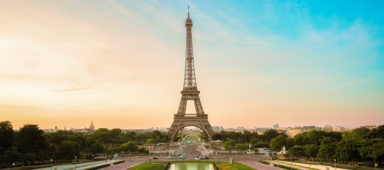Explore Bolivia’s city in the sky, La Paz
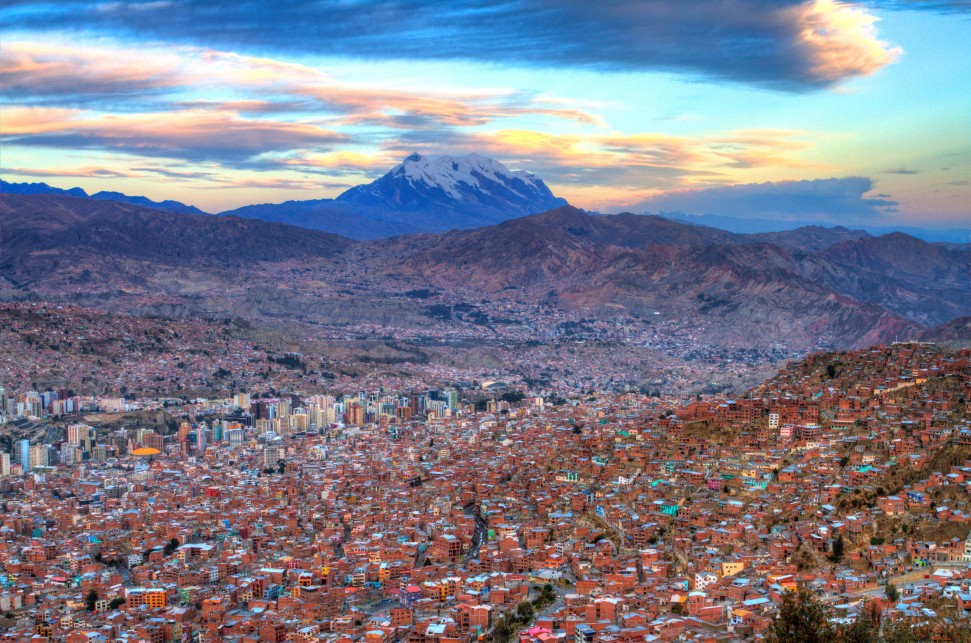
My bus is climbing the steep Andean slopes to El Alto – the scruffy developing city that makes up one half of the La Paz Department – when it begins. Although the sight of Nuestra Señora de La Paz sprawling endlessly through the mountain basin below is impressive, I’m left breathless for another reason. At more than 4,000 metres high, La Paz is the loftiest metropolis on Earth, and altitude sickness is common.
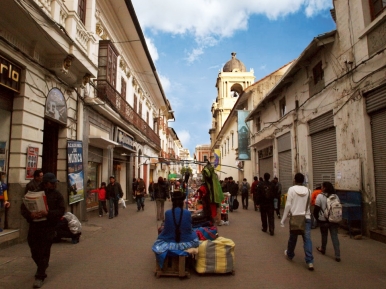
It can take a day or two for the affliction to pass; locals prescribe the fortifying coca leaf, which they chew en masse or brew in a tea. Once the body adapts, there’s a fascinating, multi-faceted city to explore. An eye-opening urban regeneration is gathering pace with a three-line cable-car network set to open across the city in August, while innovations in Bolivian cuisine (challenging rival and neighbour Peru) are also gaining international attention.
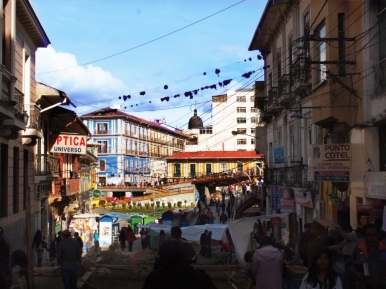
But La Paz continues to treasure its traditions. Here, the contemporary and pre-colonial coexist, articulated best in the historic centre where city slickers rub shoulders with indigenous women wearing traditional clothing.
To make sense of all this, it’s best to start by taking the high ground. An ochre and grey patchwork of houses and skyscrapers, Bolivia’s administrative capital cascades through a great canyon like water being sucked down a plughole. A stay at the city’s first boutique hotel, Stannum (stannumhotels.com), comes complete with breath-taking views from the 12th floor of the Multicine Tower. Vistas are also granted by the central Killi Killi or northern Tupac Katari viewpoints; the latter takes its name from one of the 18th-century rebels who first sparked a rebellion against Spanish rule, laying siege to La Paz for six whole months.
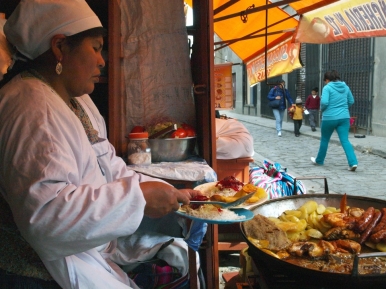
The city, founded in 1548, was given its name ‘Our Lady of the Peace’ to help inaugurate an era of calm (and compliance) after years of turmoil in Peru. Ironically, La Paz would instead endure as a hotbed of defiance, eventually becoming the birthplace of Latin America’s independence movement. The struggle was led in part by Simón Bolívar, from whom Bolivia takes its name, and who is famous for inspiring rebellions across the Americas.
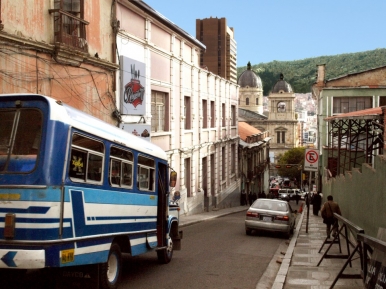
The city’s role in combatting the Spanish crown is celebrated in its many museums. On the narrow street of Calle Jaén, you’ll find Casa de Murillo, dedicated to Pedro Domingo Murillo, one of the first martyrs of Bolivian independence. Apolinar Jaén, after whom the street is named, conspired with Murillo in the latter’s house before being executed in 1810; apart from celebrating Murillo’s life, the museum is full of colonial art and furniture.
A few streets further into La Paz’s historic centre lies the iconic National Museum of Ethnography and Folklore (musef.org.bo). Set in an elegant colonial mansion complete with wood-carved Andalusian balconies, it contains valuable exhibitions detailing the origins of civilisation in Bolivia, from the 300AD Tiwanaku culture to the Inca Empire. There are also marvels such as hand-woven cloths which were often burnt in sacred rituals and considered more precious than gold, masterful ceramics, feathered headdresses and striking carnival masks.
Inca culture was highly developed and resilient, and the conquistadors’ aim of bringing it to heel was a fraught one. A common tactic, as seen in ancient Inca cities such as Cusco in Peru, was to build impressive churches that might outshine Pre-Hispanic temples and were often built on the same sites. In La Paz, central Plaza de Murillo is dominated by the Cathedral of La Paz, while nearby Basilica of San Francisco is one of the grandest churches in Bolivia. Yet no matter how imposing such monuments are, they never quite succeeded in cementing colonial superiority, for rebellion simmered throughout Spanish rule.
Recently, a different kind of revolution has been underway in Bolivia. In 2013, Danish chef Claus Meyer – best known as a co-founder of the world-famous Noma, ranked as the best restaurant in the world by Restaurant magazine for three years running – surprised many by opening Gustu (restaurantgustu.com) in La Paz. The aim is to do for Bolivian cuisine what he did for Nordic: Put it on the world gastronomic map. The open kitchen showcases local chefs and Danish apprentices experimenting with traditional dishes and native ingredients. I opt for the five-course taster menu (USD40), which includes slow-roasted pork accompanied by caramelised radishes and pan-seared llama with red cactus.
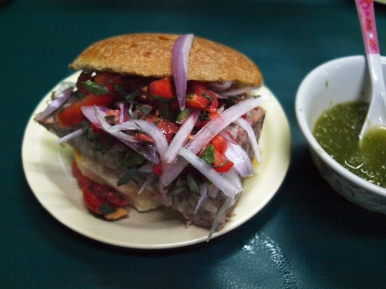
Aside from llama, Bolivian cuisine is recognisable by its street fare; in La Paz, salteñas are a must. Similar to empanadas, these savoury pastries are filled with sauce-mixed chicken or beef, plus vegetables and potatoes. Make a stop at 777 on Calle Murillo as well to try one of the city’s favourite sandwiches, enrollado de chanco – pork served in slightly sweet bread with all the potentially grisly bits included.
No introduction to Bolivian food is complete without a trip to Mercado Rodriguez. You’ll find everything from fresh roses to cured meats for sale here, but the indoor fruit and vegetable market is the most illuminating section. Amid the Bolivian potatoes, mangoes, melons and plantains, look out for maracuyá – the native passion fruit whose sludgy yellow interior is delicious – and tuna, a kiwi-like fruit that grows on cactus.
Popular among tourists, the Witches’ Market has largely been overrun by shops selling ponchos and jumpers (look for hand-woven ones, which are worth every penny). But it’s still possible to find some classic Pre-Hispanic remedies, including potions to spice up your love life and totems for good luck. There are also plenty of llama foetuses, used in all manner of spells and soups designed to improve one’s fortunes.
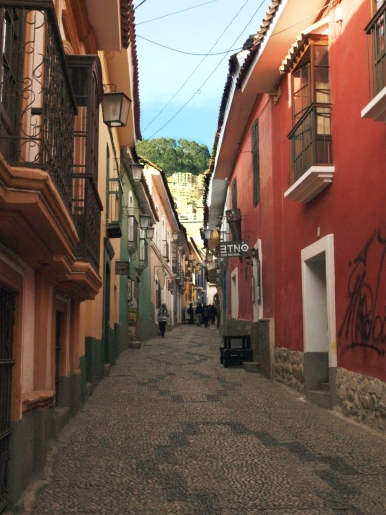
Close the evening at the artsy bar, Etno, back on Calle Jaén. Sitting in a dark corner with a glass of native Singani liquor, customers can take note that this is close to where the fight for Bolivian independence began. Only a few doors away, on a night that seemed like any other, the plan was hatched to spark a revolution that would change the course of history.

